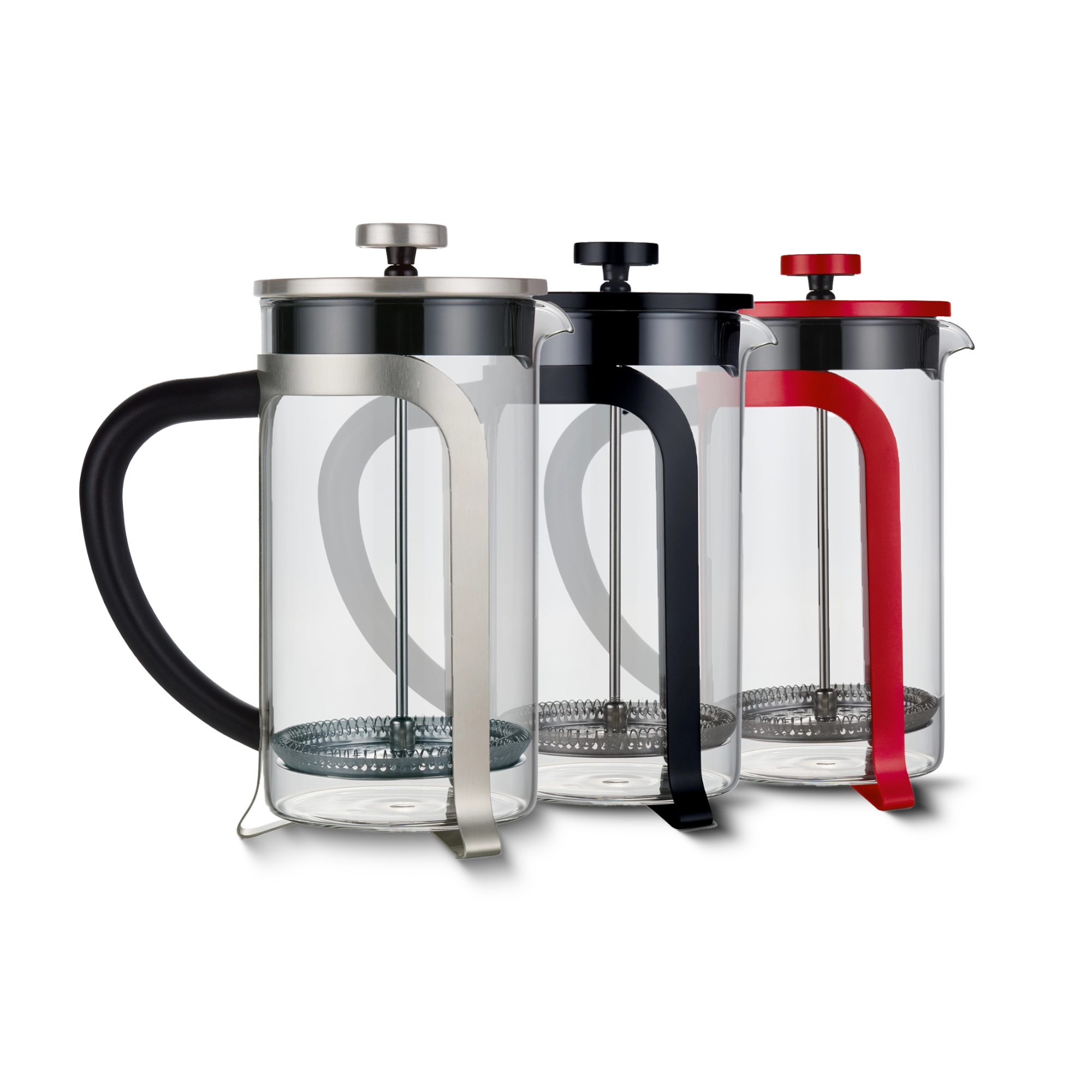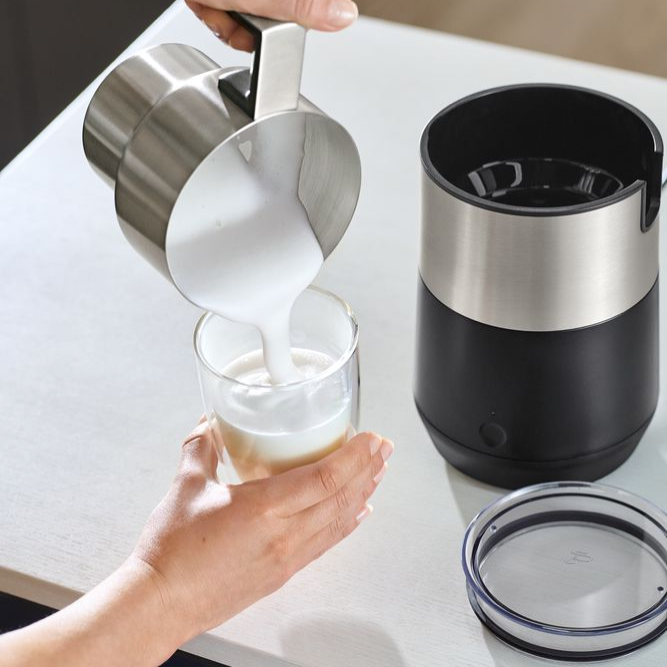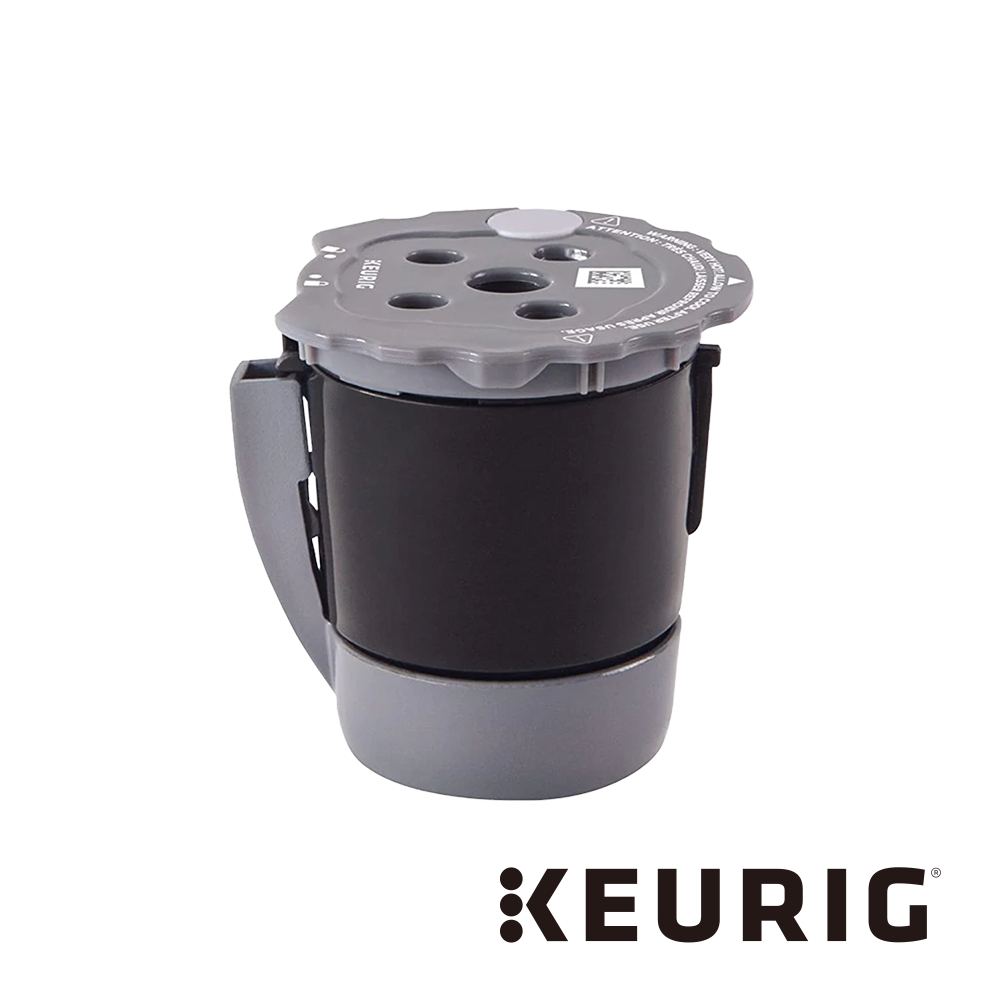
Learn more about Decaf Coffee and how it is made
Decaffeinated coffee is coffee made from coffee beans from which the original caffeine content has been almost completely removed. Decaffeinated coffee also contains small amounts of residual caffeine.
How Decaf is made
Decaffeination generally begins with the unroasted green coffee beans. However, there are various methods: In all methods, the green coffee beans, which have a low moisture content of < 12%, are brought to swell under steam and the caffeine they contain is then extracted using suitable solvents. This process must be repeated several times, as only a small amount of caffeine can be extracted at a time. Once the residual caffeine content falls below 0.1%, the solvents are removed. The coffee is then dried to its original moisture content so that the beans can be roasted.
Shop our Decaf Coffees
The History of Decaffeination
Decaffeination dates back to 1903. Back then, Bremen coffee merchant Ludwig Roselius attributed the death of his father to excessive coffee consumption, among other things. He therefore developed a process in which the whole bean is first soaked in salt water and then the caffeine is extracted - at that time with the help of benzene. This method is also known as the Roselius process. However, it is no longer used today as benzene is considered carcinogenic.
The solvent used by Tchibo for the decaffeination process is ethyl acetate. It is a highly selective solvent for caffeine, which means that other coffee ingredients (including the lipid components) are largely retained. This extraction solvent is approved by European legislation for the decaffeination of coffee. Ethyl acetate is a naturally occurring fruit acetate that is used as a flavoring in other areas of the food industry, for example in confectionery. Moreover, ethyl acetate is already a natural component of the aroma of unroasted green coffee.
Ethyl acetate is used in its purest form for the decaffeination process. Thanks to complex post-processing, it is ensured that there are no significant residues of ethyl acetate left in the end product.








